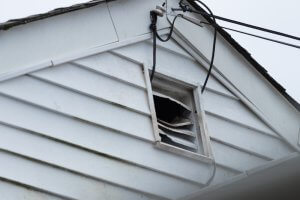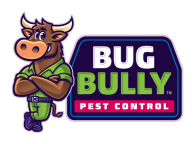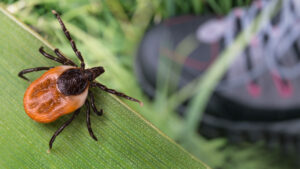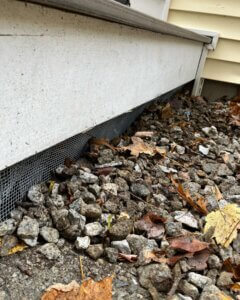Signs of Bats in an Attic
Homeowners in Framingham, Massachusetts, may encounter various signs indicating the presence of bats in their attic. Common indicators include high-pitched chirping sounds, particularly at dusk or dawn, which are characteristic of the Eastern Red Bat and Big Brown Bat, two species prevalent in the region. Additionally, the sight of bat droppings, known as guano, around the entry points or scattered within the attic is a clear sign of bat activity. Guano often accumulates below roosting sites and emits a distinct, pungent odor. Another telltale sign is the presence of oily stains or marks near small openings, which result from the bats’ bodies rubbing against surfaces as they enter and exit the attic. Homeowners may also notice unusual activity around vents, eaves, or chimney flues, where bats can find their way inside.

DIY Remedies and Removal Methods
Homeowners can take several steps to address a bat infestation themselves. The first step is identifying and sealing all potential entry points, except one, as bats generally use the same routes to access an area. This can be done using materials such as caulk, mesh, or foam. Once entry points are sealed, a one-way exclusion device can be installed on the remaining exit, allowing bats to leave but preventing their re-entry. This process should ideally be done in late summer or early fall when bats are less likely to have young, as disturbing a maternity roost can be both illegal and unethical. It’s crucial to ensure all bats have exited before sealing the final exit point. Bats are protected under Massachusetts law, particularly during the maternity season from June 1 to July 31, when it is illegal to exclude them.
Professional Bat Removal and Exclusion
In some cases, particularly when the infestation is extensive or difficult to manage, calling in a professional bat removal and exclusion specialist is advisable. Professionals are trained to handle bats safely and can implement effective exclusion methods that comply with local wildlife laws. For instance, a resident of Framingham once tried to remove bats on his own but found the task overwhelming due to the size of the colony and the difficulty in locating all entry points. Bug Bully was called in, who not only removed the bats but also provided a thorough inspection and repair of potential future entry points, ensuring long-term prevention.
Legal Considerations for Bat Removal
It is essential to be aware of the legal framework surrounding bat removal in Massachusetts. The state has specific guidelines to protect bats, particularly during the maternity season when young bats, unable to fly, rely on their mothers. Any exclusion or removal effort must comply with these laws to avoid legal repercussions and protect the bat population. The ideal time for bat exclusion is late summer to early fall when most bats have matured and can survive on their own. Engaging with local wildlife authorities or a licensed professional can provide additional guidance on compliant and humane bat removal practices.











